A visit to the Lorong Halus Pond and its vicinity at about 9am to 1pm...
My colleagues and I passed through Pasi Ris Farmway and stop at a canal just next to Loyang Agrotechnology Park. There were about 18 species of bird during an hour observation and count. I only manage to take photo for this big bird,the purpl heron, which is quite common there.
Before entering the small gate of the pone area, I came across this changeable lizard who was just doing his daily sun bathing.
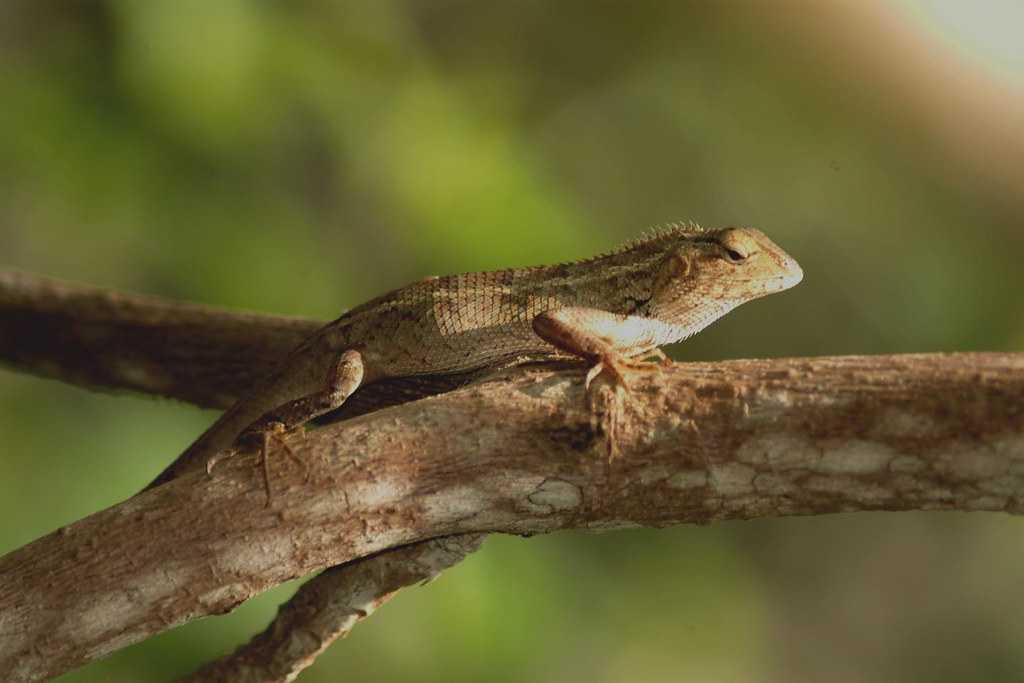
This pond is famous for it inhabitant, Little Grebe (Tachybaptus ruficollis), an interesting species of native rare duck-shaped bird. Scanning through the pond surface with the binocular, we hardly can see the trace of little grebe. However, several Pacific swallows were happily playing on the top of an iron rod at the middle of the pond.
Later through the binocular, we saw one pair of little grebe among the vegetation along the edge at the other side of the pond. So I walked along the edge of the pond, slowly moving toward them. I was sucessfully close enough to see two of them in details. But when I attempted to a photo, both were suddenly disappeared from my signt...
The little grebes are actually very shy bird, trying to keep a distance long enough from me by diving away underwater and surfacing in distance several minutes later.
There are quite a number of dragonflies and damselflies flying and perching among the grass at the edge of the pond.
Dragonfly Diplacodes trivialis
Damselflies are small in size but with a large number...
Damselfly Ischnura senegalensis, male
Damselfly Ischnura senegalensis, female
Then I saw a female fiercely grabed a male and the reaction of the male was like helpless for escaping away or doing any other things...
The pair were flying away before I can get more clues for what they are doing.
Later, I saw several mating pairs of damselflies flying and perching...
Pair in the wheel, with male on top
According to Orr (2003), the mating process was normally leading by male who uses its anal appendages to grab the head or prothorax of the female. So at the end I still don't know what were happening to the prvious "fighting" pair.References
Lim, K. S. & Gardner, D. C., 1997. Bird, an Illustrated field guide to the birds of Singapore. Sun Tree Publishing, Singapore, pp 1-210.
Orr, A. G., 2005. Dragonflies of Peninsular Malaysia and Singapore. Natural History Publications (Borneo), Kata Kinabalu, pp. 1-125.
Orr, A. G., 2003. A guide to the dragonflies of Borneo, their identification and biology. Natural History Publications (Borneo), Kota Kinabalu, pp. 1-195.
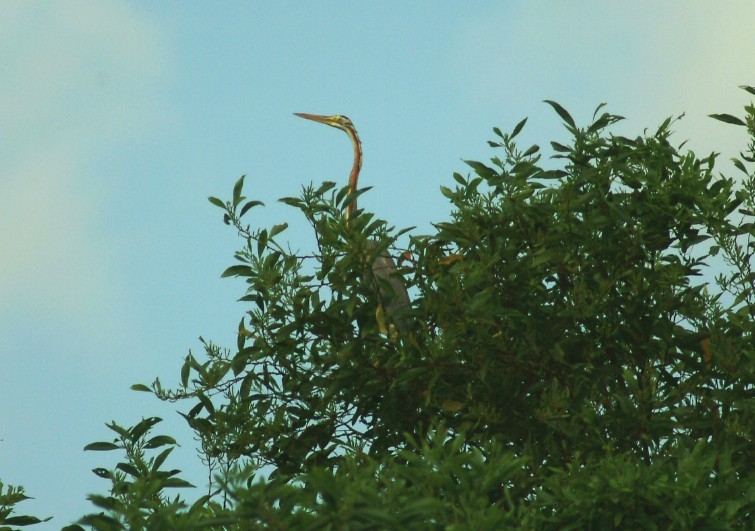
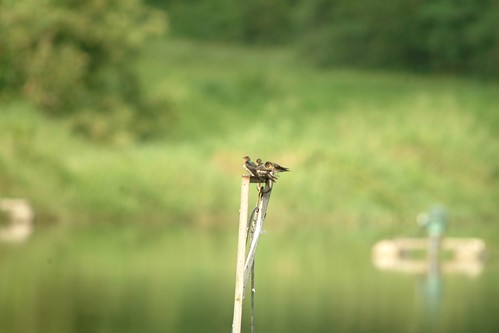
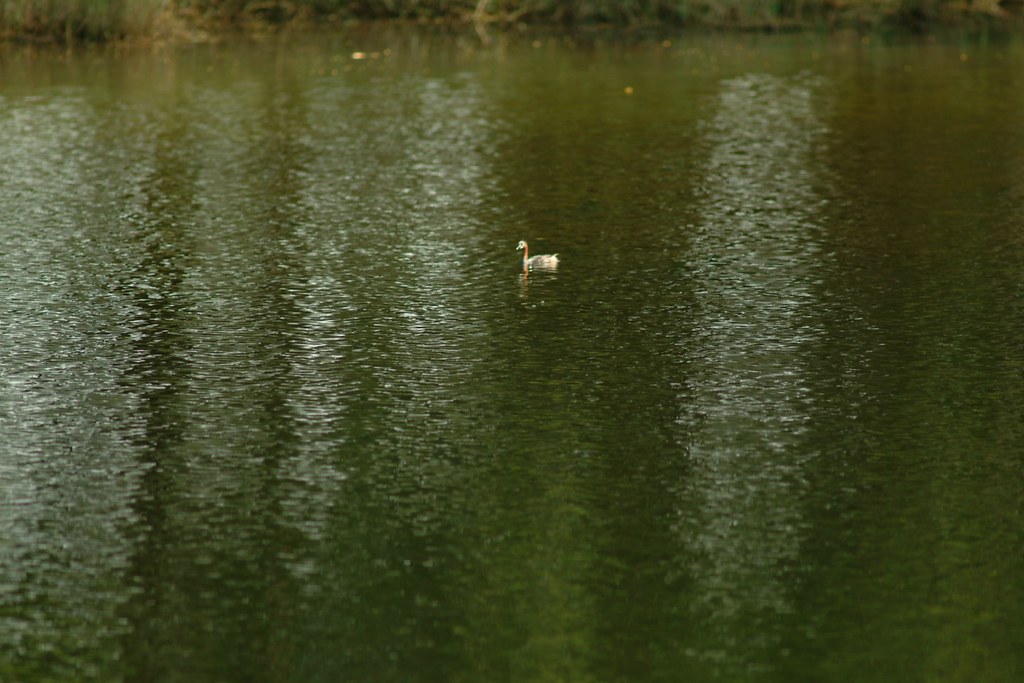
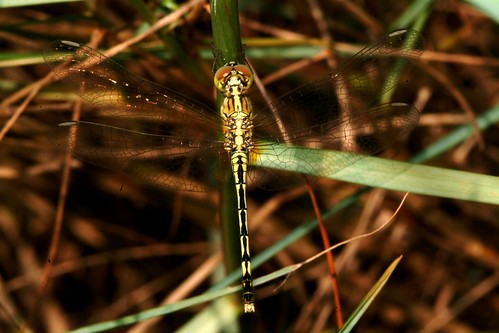
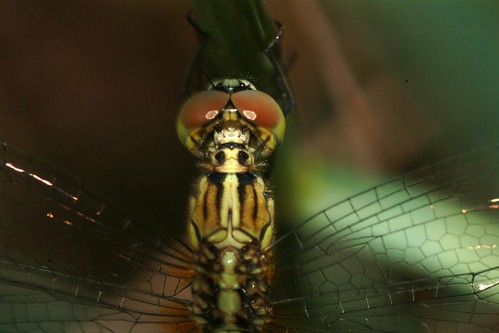
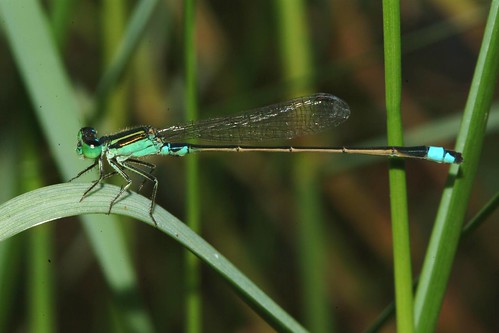
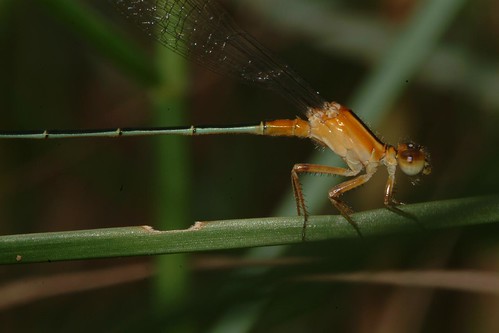
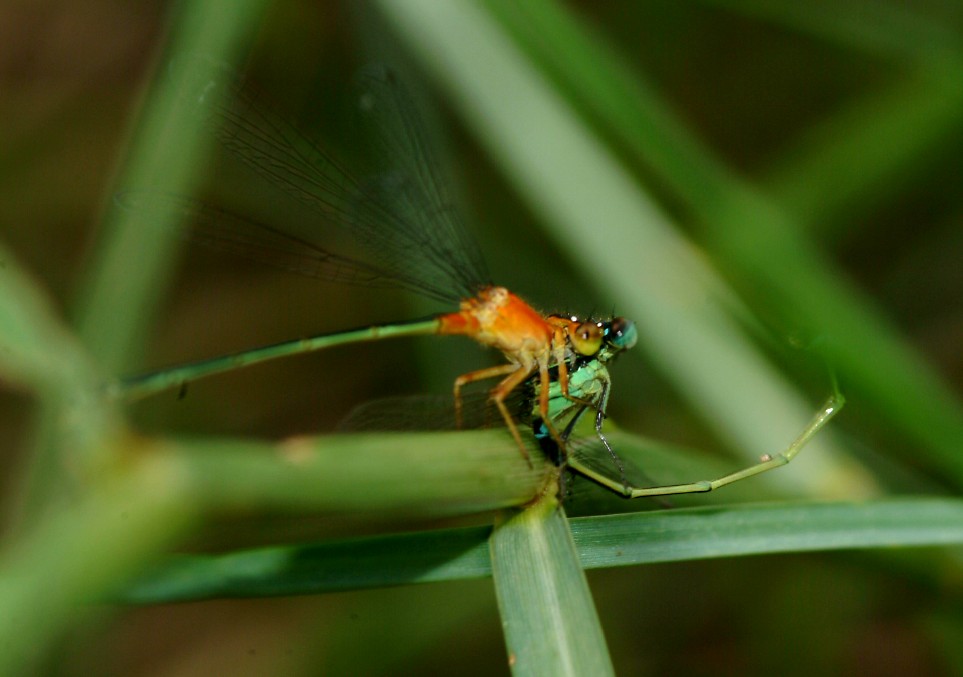
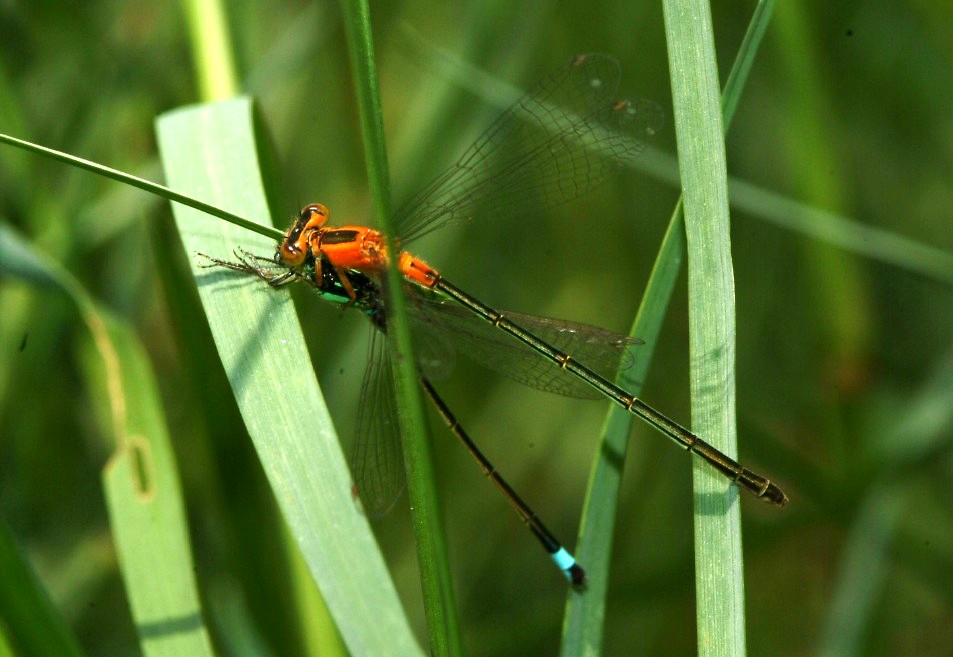
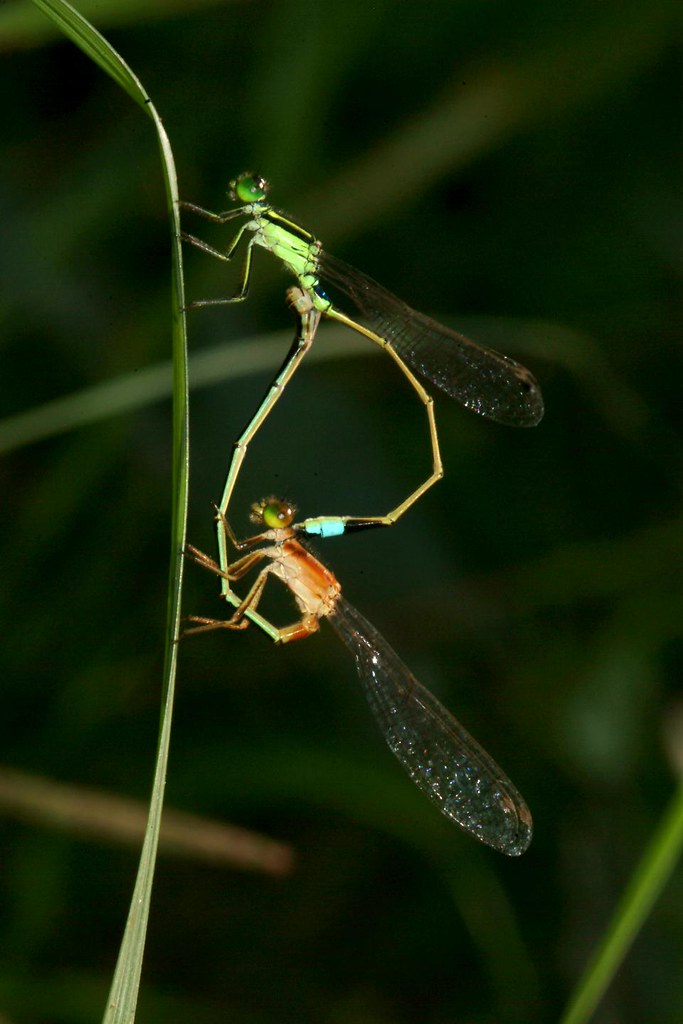
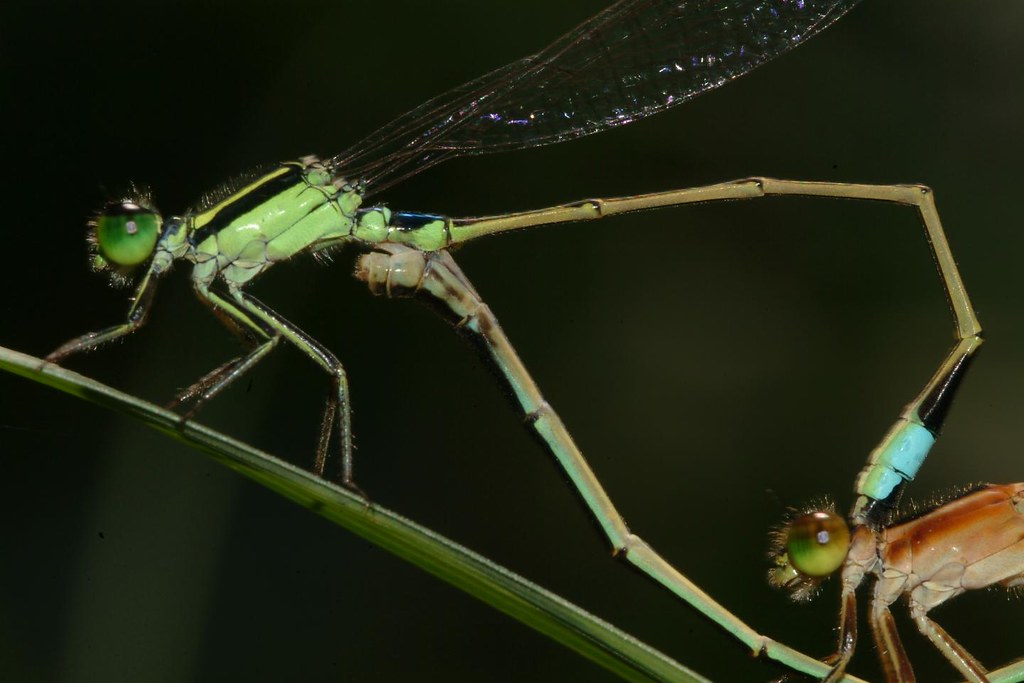
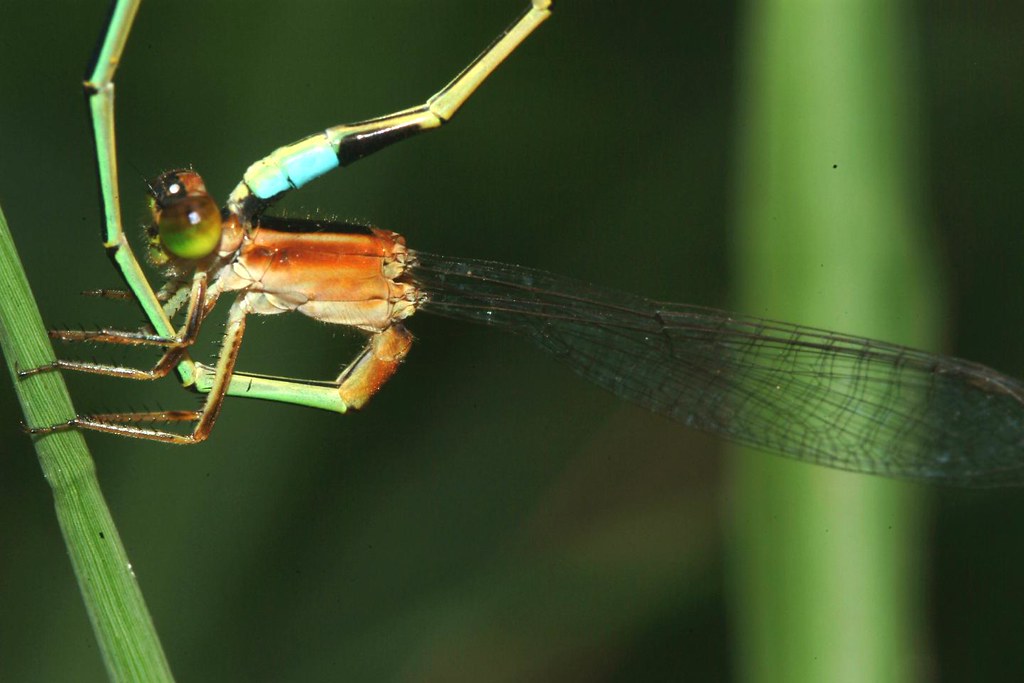
No comments:
Post a Comment